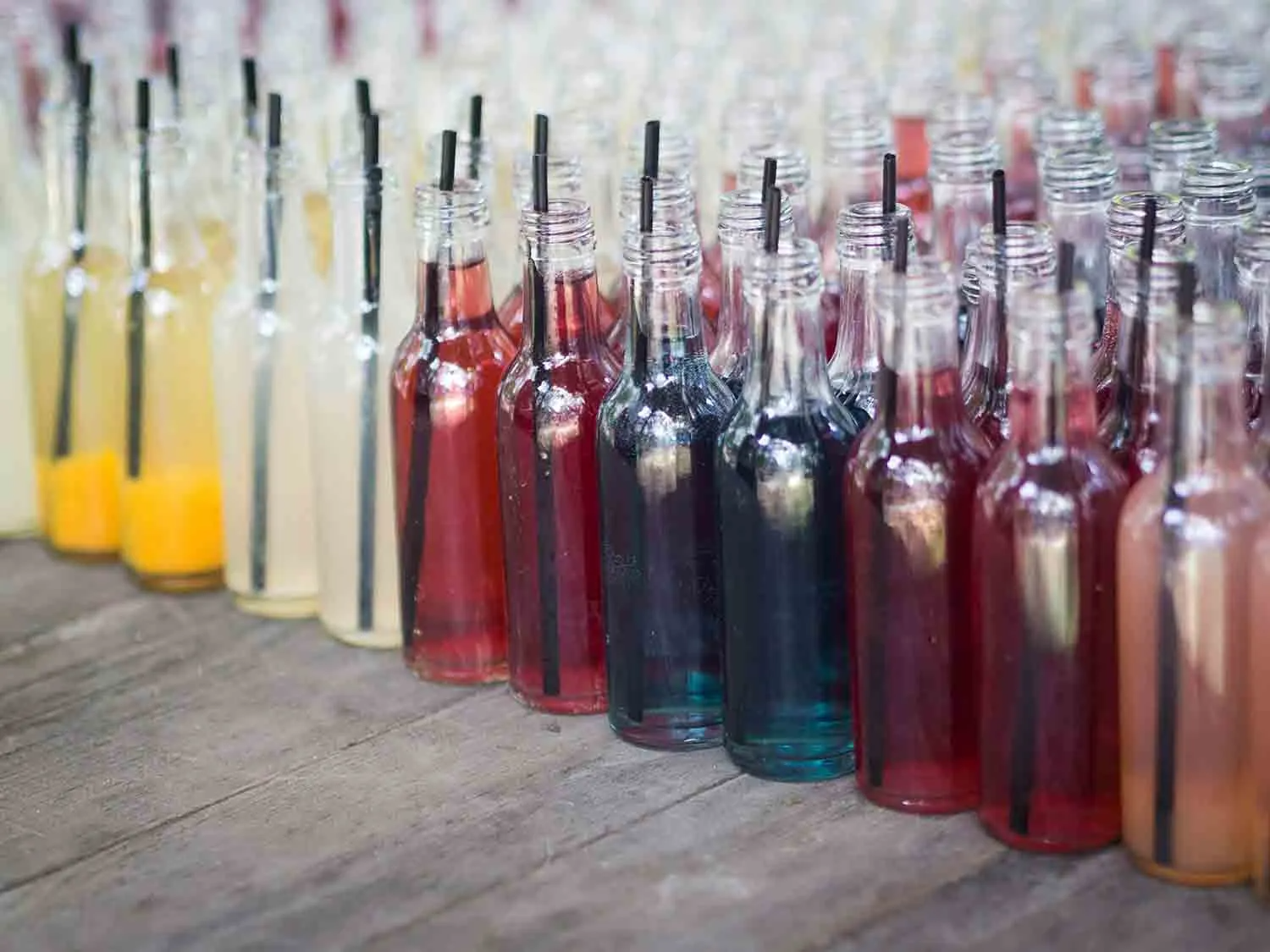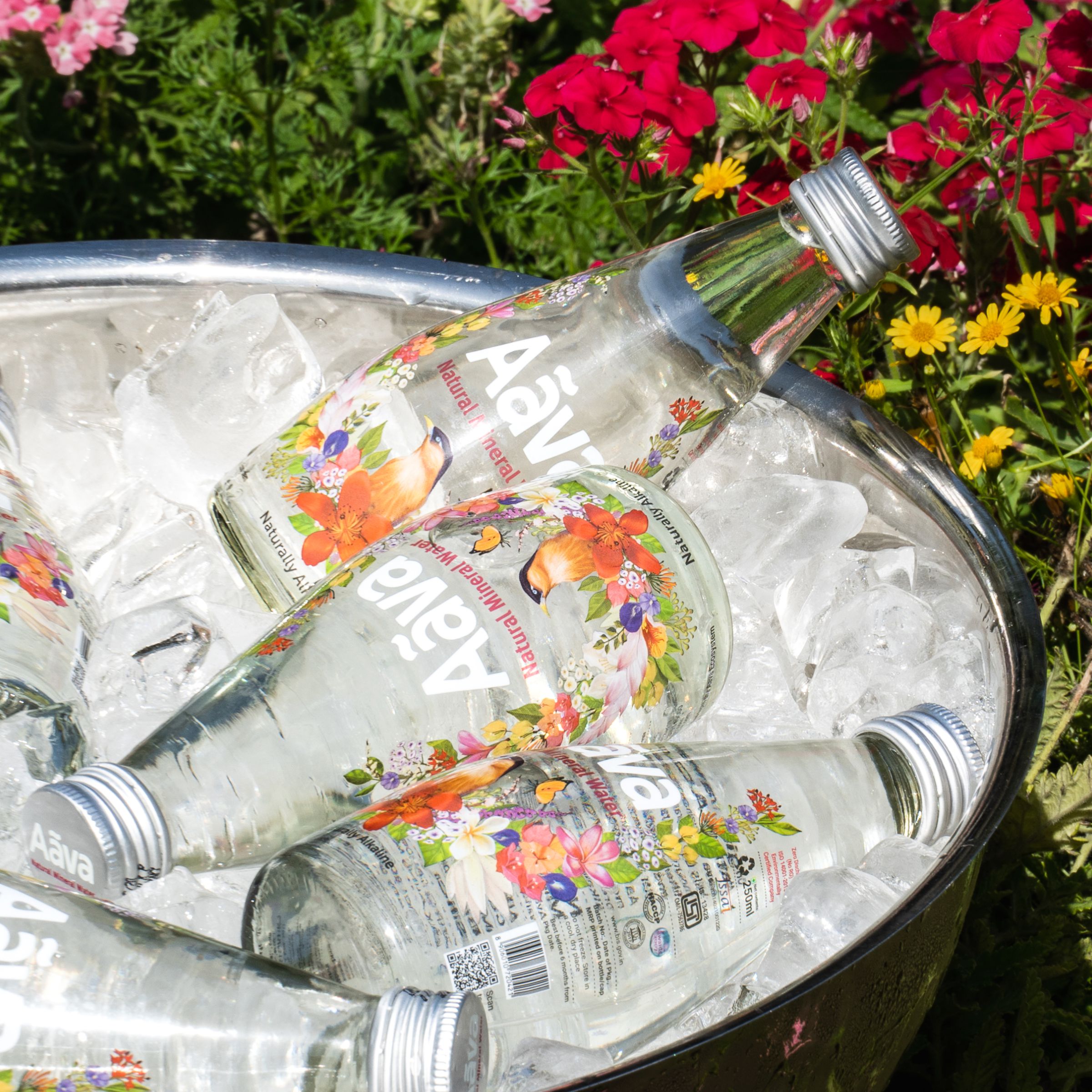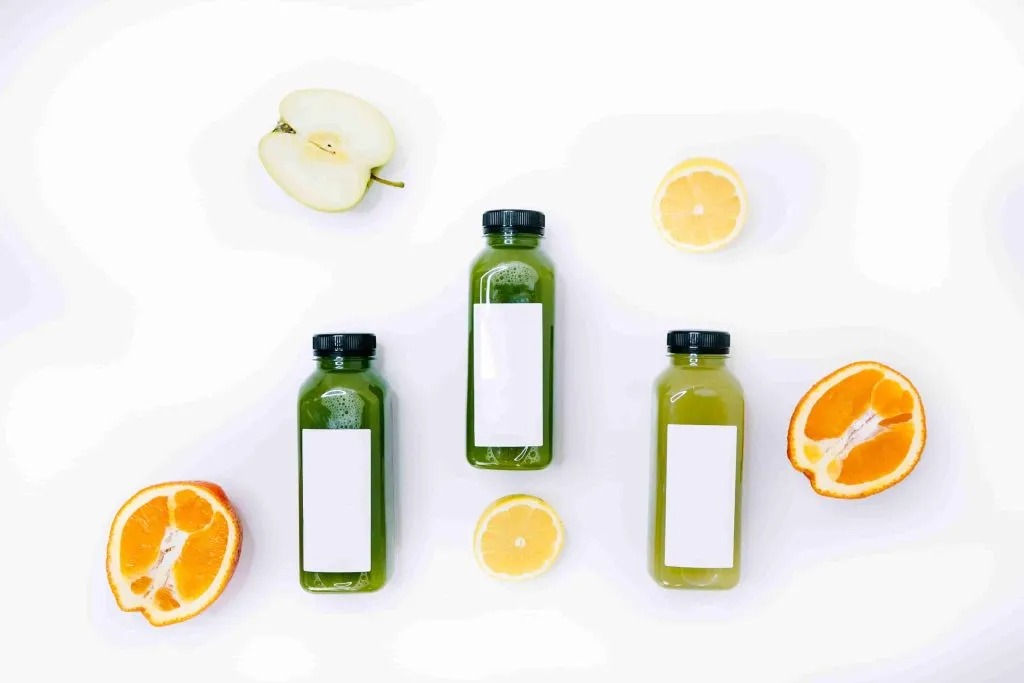In a world overflowing with plastic and aluminum packaging, the choice of glass bottles for your favorite beverages stands out as a timeless commitment to purity and quality. More than just a container, glass offers a unique combination of benefits that directly impact both the taste of your drink and the health of our planet. Choosing glass isn’t just nostalgic; it’s a conscious decision backed by compelling advantages for consumers and the environment alike.

Table of Contents
Why Glass Bottle Wins for Purity and Safety
Glass bottles are the gold standard for keeping drinks pure and safe, thanks to their unique chemistry. Unlike other materials, glass is inert—meaning it won’t react with liquids, even acidic ones like citrus juice or carbonated drinks. You’ll never worry about chemicals leaching into your beverage, a common issue with plastic or metal alternatives. This stability makes glass the worry-free choice for health-conscious consumers.
Trusted by Science, Free of Toxins
The U.S. FDA recognizes glass as “Generally Recognized As Safe” (GRAS), backing its use for food and beverages. Critically, glass contains zero BPA, phthalates, or other concerning chemicals found in plastics. When you choose glass, you’re choosing a material that’s inherently pure—no hidden additives, no health trade-offs.
Guardian of Flavor and Freshness
Ever notice how yesterday’s juice leaves a ghostly taste in plastic bottles? Glass solves that. It doesn’t absorb flavors or odors, preserving the true taste of everything from mineral water to craft soda. This is especially crucial for delicate drinks like cold-pressed juices—glass shields their color and quality without interference. And if you love bubbly drinks? Glass’s airtight seal keeps carbonation lively and flavors crisp, sip after sip.
Why Brands (and Buyers) Trust Glass
The market speaks loudly: Glass beverage packaging hit $59.5 billion globally in 2022, projected to reach $81.3 billion by 2030. Why the growth? Premium brands—especially in organic juices and mineral waters—rely on glass to meet consumer expectations for purity. It’s also practical: Glass cleans easily, withstands sterilization, and offers producers a safe, reusable solution.
The Eco-Edge: Reuse Reigns Supreme
Glass isn’t just recyclable—it’s infinitely recyclable without losing purity. In 2018, over 31% of U.S. glass food/drink containers were recycled, and in states like California (with bottle deposit systems), rates soar past 80%. Every recycled bottle re-enters the supply chain as new packaging, maintaining the same safety standards. This circular lifecycle makes glass a sustainability powerhouse—good for your drink and the planet.
The Clear Choice
From its non-reactive nature to regulatory endorsements and physical resilience, glass delivers unmatched purity. It locks in freshness, guards against contamination, and aligns with eco-values through endless reuse. For brands committed to quality and shoppers prioritizing health, glass isn’t just an option—it’s the smartest move.

Keeping Drinks Fresh and Tasty: The Glass Advantage
For both shoppers and premium brands, glass bottles are the undisputed champion for preserving beverage quality. Their secret lies in chemistry: glass won’t react with what’s inside. Whether it’s zesty citrus juice or fizzy soda, drinks stay true to their original flavor and aroma—no strange aftertastes or chemical interference. This inert quality is especially vital for organic and health-focused beverages, guaranteeing purity and supporting clean-label commitments.
Glass also acts like a vault for freshness. Its non-porous surface blocks oxygen and moisture from sneaking in and spoiling contents. This physical barrier protects everything from delicate wine aromas to the vibrant color of cold-pressed juice, extending shelf life while keeping flavors crisp. In sparkling water, it even helps bubbles stay lively longer.
Market Growth Driven by Quality Seekers
The global glass bottle market hit $38.1 billion in 2023 and is projected to reach $63.7 billion by 2032. Much of this growth comes from rising demand for premium beverages where taste matters most. Take juice packaging: already a $59.5 billion segment in 2022, it’s expected to hit $81.3 billion by 2030 as organic brands embrace glass. In North America alone, glass packaging use will approach 11,460 kilotons by 2025—fueled by wine, spirits, mineral water, and juice producers prioritizing flavor integrity.
Consumer preferences confirm this shift. In Italy, 83% of wine drinkers see glass bottles as a hallmark of quality—a sentiment echoed globally for luxury beverages. When shoppers reach for mineral water or craft juices, glass packaging signals excellence.
Why Quality Brands Rely on Glass
For producers, glass is both practical and strategic. Its smooth surface sterilizes easily, making it the safest choice for sensitive drinks like organic juices or craft sodas. Health-focused brands leverage this purity to promise customers zero chemical migration—no BPA, phthalates, or unwanted substances.
But glass does more than protect; it elevates. For wines, spirits, and premium sodas, it enhances the entire experience. On shelves, its premium look telegraphs quality. At home, its weight and clarity make every pour feel special. When taste, freshness, and brand reputation are non-negotiable, glass delivers what plastic and metal simply can’t match.
Why Glass Bottles Are a Win for the Planet
Choosing glass packaging isn’t just a beverage decision—it’s an environmental commitment with tangible impact. Brands and shoppers alike find glass offers a powerful path to sustainability through three core strengths: endless recyclability, major resource savings, and plastic-free purity.
The Infinite Recycling Loop
Glass stands apart as 100% recyclable without quality loss. The numbers tell the story: in 2018 alone, 31.3% of U.S. glass packaging got new life through recycling, with states like California proving what’s possible at 80%+ recovery rates. This recycled glass (about 3.2 million tons annually) becomes fresh bottles or construction materials—diverting waste while creating value.
Resource Savings That Add Up
Every ton of recycled glass saves over a ton of virgin materials: 1,300 lbs of sand, 410 lbs of soda ash, 380 lbs of limestone, and 160 lbs of feldspar. But the benefits go beyond raw materials. Using just 10% recycled content (called cullet) slashes energy use by 2-3% and cuts CO₂ emissions by 5%. To put it in perspective: every 6 tons of recycled glass prevents 1 ton of carbon emissions. Pollution drops too—cullet reduces particulates by 8%, nitrogen oxides by 4%, and sulfur oxides by 10%.
Reuse: The Carbon Reduction Superpower
Reusable glass bottles deliver staggering carbon advantages—they have an 85% smaller footprint than single-use glass, 75% less than plastic (PET), and 57% less than aluminum cans. After about ten reuse cycles, a bottle fully offsets its production impact. California’s 80%+ recycling rate shows how bottle deposit systems make this circular model work at scale.
Earth-Friendly From Start to Finish
Unlike plastic packaging, glass avoids two critical eco-hazards: it creates zero microplastics and releases no toxins during decomposition. With 8 million tons of plastic flooding oceans yearly, glass offers a cleaner alternative. Made from natural materials (sand, soda ash, limestone), its production has inherently lower ecological disruption. Crucially, glass won’t leach chemicals into soil or waterways.
Meeting the Eco-Conscious Market
Forward-thinking brands leverage glass recycling and reuse programs to shrink their carbon footprint—a move that resonates with today’s consumers. Demand for sustainable packaging keeps growing, pushing companies to maximize bottle reuse cycles. This alignment between consumer values and material advantages makes glass a cornerstone of responsible beverage packaging.

How Glass Bottles Elevate Brand Perception
Glass packaging does more than hold beverages—it actively shapes how consumers view a brand. The material’s premium feel, visual appeal, and eco-friendly reputation combine to create a powerful impression of quality and trustworthiness. For brands aiming to stand out, glass becomes a silent ambassador.
Crafting Luxury Through Design
Glass bottles instantly signal premium quality. Details like embossed logos, custom shapes, or colored glass transform packaging into shelf art while reinforcing brand identity. This isn’t just aesthetics—it drives decisions. Beverages like craft spirits or small-batch sodas in glass consistently attract shoppers seeking elevated experiences. The tactile weight, clarity, and “clink” factor make products feel worth the price.
Transparency Builds Trust
Unlike opaque materials, glass shows exactly what’s inside—the true color of a cold-press juice, the bubbles in mineral water, the clarity of a premium spirit. This visual honesty resonates with consumers: research confirms clear packaging boosts perceptions of freshness and naturalness. Health-focused brands leverage this brilliantly. When shoppers see real ingredients in glass bottles, they instinctively associate the product with purity and clean labeling—no hidden additives, no compromises.
Meeting Market Demand
The global beverage packaging market hit $148.96 billion in 2024, with glass positioned for significant growth—projected to surge from $44.9 billion in 2025 to $78.2 billion by 2035 (a 5.7% annual increase). This momentum is fueled by premium and health-conscious segments where consumers actively seek packaging that reflects their values: quality craftsmanship and environmental responsibility.
Sustainability as Brand Equity
Glass’s 100% recyclability—retaining purity through infinite reuse cycles—strengthens brand image. Companies using recycled glass or reusable systems are seen as environmentally responsible, especially amid plastic bans. Eco-conscious shoppers don’t just prefer these brands; they become loyal advocates. The bottle itself becomes proof of a brand’s commitment to the planet.
Innovation Drives Differentiation
Forward-thinking brands explore glass innovations to stand out:
- Lightweighting reduces environmental impact without sacrificing strength
- UV-blocking coatings protect sensitive contents like juices
- Smart features (RFID tags, temperature sensors) add functionality
These technologies let brands deliver enhanced benefits while projecting a modern, sophisticated identity—proving tradition and innovation can coexist.
Real-World Brand Advantage
From luxury whiskey makers to kombucha startups, premium beverage players choose glass to telegraph quality. In Asian markets, clear glass dominates categories like bubble tea—where visible ingredients validate freshness claims. Surveys confirm consumers consistently rate glass-packaged drinks as safer, tastier, and more authentic than alternatives. This perception gap directly influences purchasing: when quality matters, glass wins.
The Unspoken Impact
Ultimately, glass packaging creates a full-circle brand experience. It signals craftsmanship through design, builds trust through transparency, aligns with values through sustainability, and future-proofs through innovation. For brands competing in crowded markets, this isn’t just container choice—it’s reputation strategy.
Comparing Packaging: Glass Bottles vs. Plastic Bottles vs. Aluminum Cans
Choosing the right beverage packaging isn’t just about looks—it affects taste, environmental impact, and recyclability. Here’s how glass, plastic (PET), and aluminum stack up across key factors like performance, sustainability, and real-world use.
Protection & Shelf Life
Glass bottles excel at preserving flavor and freshness. They create a near-impenetrable barrier against oxygen and light, which is especially crucial for drinks like beer or premium juices. This protection often translates to a longer shelf life compared to plastic or aluminum. Plastic (PET) bottles, while lightweight, allow small amounts of oxygen to seep through over time. This can subtly alter delicate flavors and shorten a product’s shelf life. Aluminum cans offer strong protection against light and air, but many brands still prefer glass for high-end beverages where taste integrity is non-negotiable.
Water Use and Landfill Waste
Glass production uses less water per bottle (around 1.87 liters) compared to PET plastic (about 3.16 liters). However, glass’s heavyweight becomes a drawback when it reaches its end-of-life. A single glass bottle contributes roughly 0.201 kg to landfills, while a PET bottle adds only 0.056 kg. This difference mainly comes down to glass’s sheer weight and volume. If not recycled, glass bottles become a much more significant waste burden.
Recycling and Carbon Footprint
Aluminum cans are the clear recycling champions. Globally, they’re recycled at rates about 34% higher than glass or PET bottles. They’re often the most recycled single-use beverage containers available. When it comes to carbon footprint, single-use glass bottles tend to have the highest impact, especially noticeable for 12oz servings in regions like the US and Europe. This is due to the intense energy required to manufacture and transport them. Studies in markets like Brazil and Europe consistently show aluminum cans as the most eco-friendly choice for sodas, significantly outperforming glass in overall environmental impact.
Transportation and Environmental Impact
The weight of glass bottles directly drives up their environmental cost. Shipping heavy glass requires more fuel, leading to higher transportation emissions compared to lighter alternatives. Both PET plastic and aluminum cans shine here—their lightweight nature slashes emissions during transport and reduces their broader environmental footprint. Research confirms that glass bottles generally have a larger total environmental impact than PET, primarily because moving them around the planet is so energy-intensive.
Market Use and Consumer Perception
Plastic (PET) bottles dominate the global market, with over a million sold every minute. Their popularity stems from low cost, extreme lightness, and ease of handling. Glass, despite its environmental challenges, remains the go-to for premium products and flavor-sensitive drinks like craft beer or olive oil. Brands choose it for its superior taste protection and the high-quality image it projects. Aluminum cans strike a smart balance, offering strong environmental credentials (especially where recycling is efficient) combined with practical convenience, making them a favorite for everyday drinks like soda and sparkling water.
The Bottom Line
Each packaging type serves a distinct purpose. Glass bottles are ideal when maximum flavor protection and a premium feel are top priorities. Aluminum cans lead in sustainability—they boast the highest recyclability, the lowest carbon footprint for single-use scenarios, and are a top eco-pick for sodas in recycling-friendly regions. PET plastic bottles win on convenience, affordability, and ubiquity, but their low recycling rates and higher water use make them a less sustainable choice overall. The best packaging ultimately depends on what matters most: taste perfection, environmental responsibility, or everyday practicality.

Conclusion: The Clear Choice for Quality and Conscience
Glass bottles deliver unmatched advantages for beverage packaging: they preserve purity and flavor without chemical interference, offer infinite recyclability with zero quality loss, and elevate brand perception through premium aesthetics. From protecting delicate beverages to reducing environmental footprints through reuse systems, glass remains the gold standard for brands committed to taste, safety, and sustainability. At TP Glass Bottle Manufacturer, we craft high-performance glass solutions that turn these advantages into your competitive edge. Partner with us to create customized bottles that protect your product, honor the planet, and captivate consumers—because when excellence matters, glass delivers.

